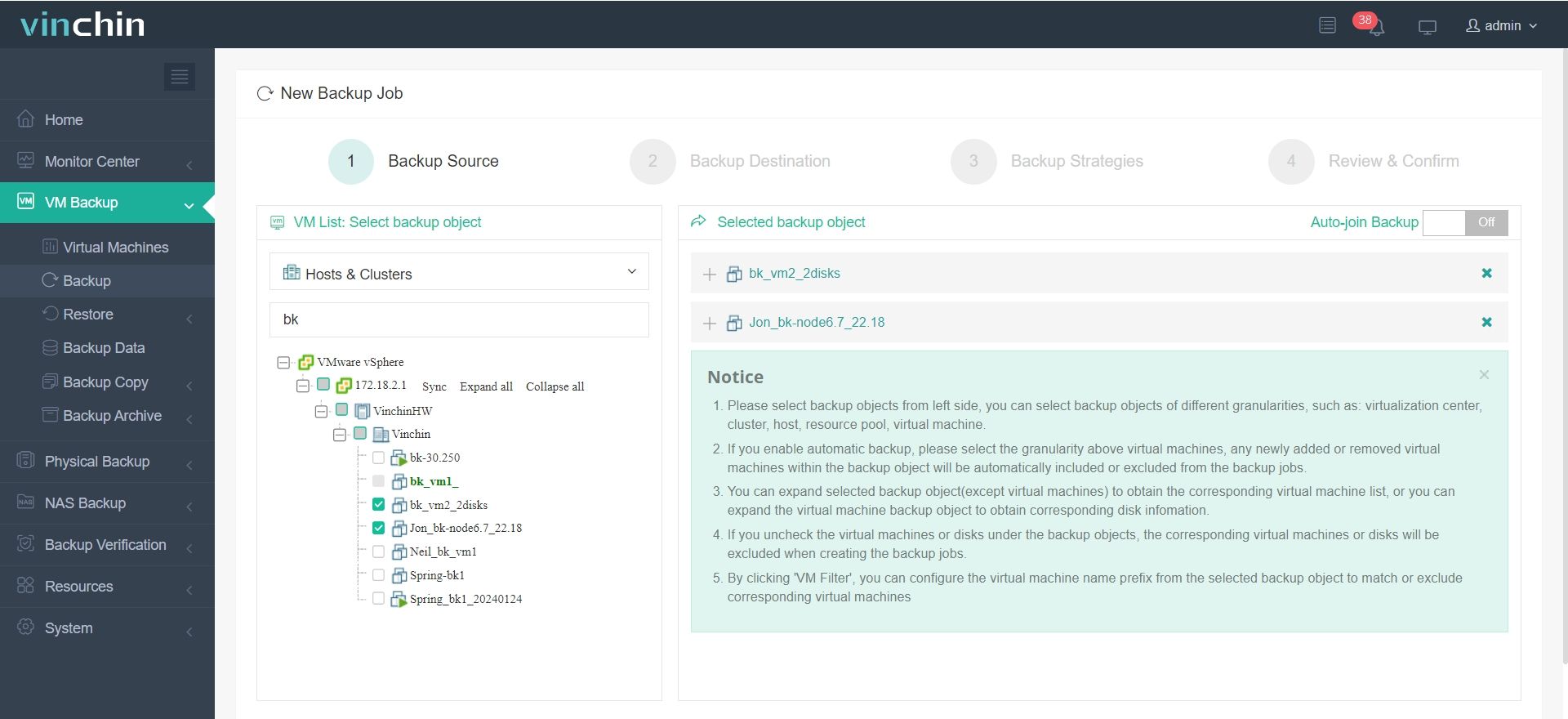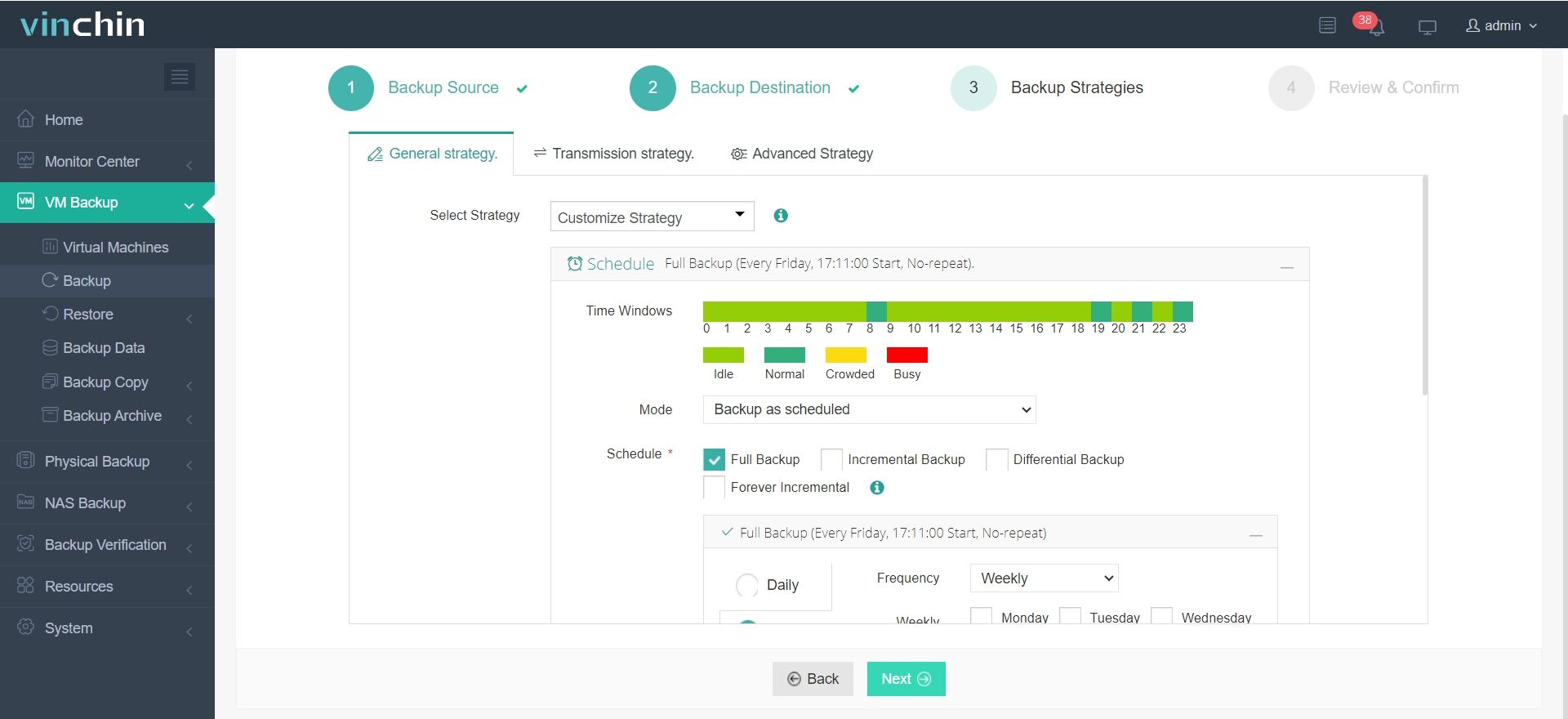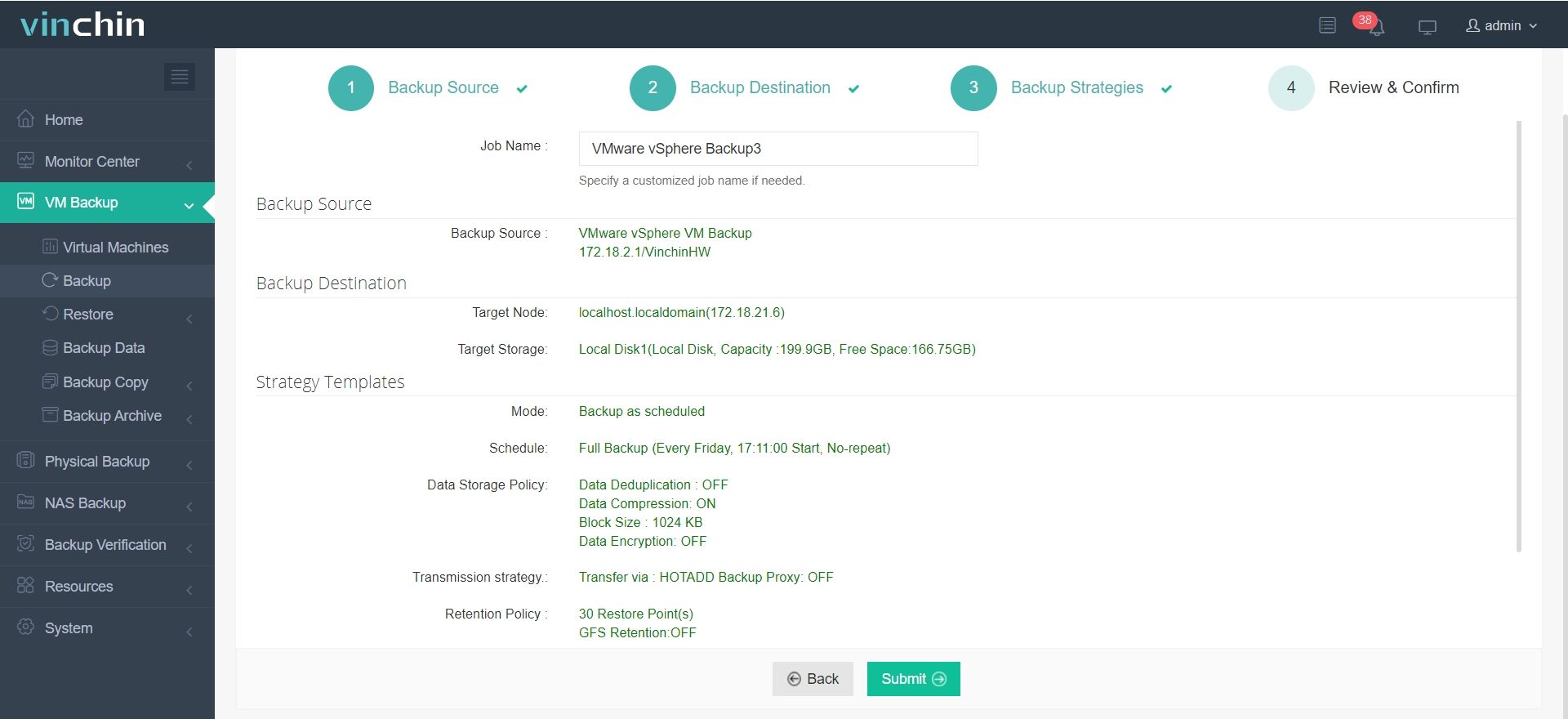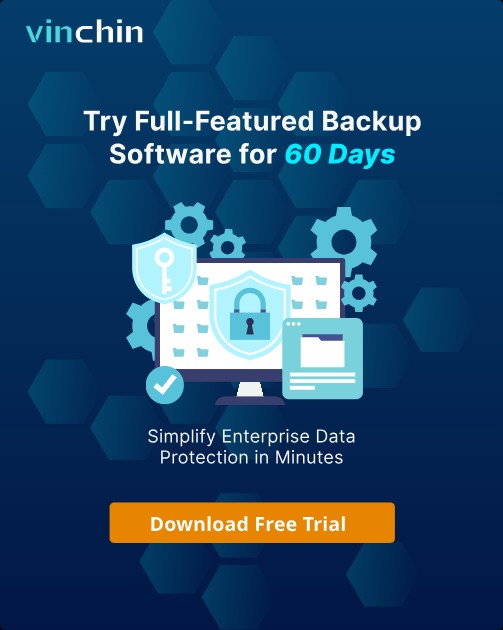-
What Is a Hypervisor?
-
What is ESX?
-
What is ESXi?
-
ESX vs ESXi: Table of Differences
-
How to Migrate from Legacy ESX to Modern ESXi?
-
What Is vSphere?
-
Key Differences: vSphere Suite vs Standalone Hypervisors
-
How Do These Components Work Together?
-
Backup Strategies For Virtual Environments
-
FAQ — Real Scenarios For Operations Administrators
-
Conclusion
Virtualization powers today’s data centers—and VMware leads the way with its suite of technologies. But if you’re new to VMware or managing a growing environment, terms like ESX, ESXi, and vSphere can get confusing fast. What do they mean? How do they relate? And which one should matter most to you as an operations administrator? In this guide, we break down each term step by step, so you can make informed decisions about your virtual infrastructure.
What Is a Hypervisor?
Before comparing ESX vs ESXi vs vSphere, let’s clarify what a hypervisor is. A hypervisor is software that lets you run multiple virtual machines (VMs) on one physical server by abstracting hardware resources like CPU, memory, storage, and networking. There are two main types:
Type 1 (bare-metal): Installed directly on hardware (like ESX/ESXi).
Type 2 (hosted): Runs atop an existing operating system.
Type 1 hypervisors offer better performance and security because there’s no extra OS layer between them and the hardware—a key reason why enterprise environments prefer them.
What is ESX?
To understand VMware’s evolution—and the debate around esx vs esxi vs vsphere—we start with ESX (“Elastic Sky X”). Released in 2001 as VMware’s first bare-metal hypervisor for servers, ESX allowed organizations to consolidate workloads onto fewer physical machines while improving resource utilization.
What set ESX apart was its built-in Linux-based Service Console—a management shell where admins could log in locally or via SSH to run scripts or install agents for monitoring or backup tasks. While powerful for automation and troubleshooting, this console increased the attack surface since it needed regular patching like any Linux OS.
Over time, maintaining both the VMkernel (the core virtualization engine) and Service Console became cumbersome from a security standpoint—especially as threats evolved and compliance requirements tightened. As a result, VMware shifted toward a more streamlined architecture with fewer moving parts… leading us to ESXi.
Note: As of version 4.x (end-of-life), VMware no longer supports ESX in production environments.
What is ESXi?
ESXi stands for “ESX integrated” but represents much more than just an upgrade—it’s a complete redesign focused on simplicity and security. Unlike legacy ESX, there is no separate Service Console; all management functions are embedded directly within the proprietary VMkernel microkernel itself.
This design means:
Smaller footprint (~350 MB in modern versions).
Fewer components exposed to attackers.
Less frequent patching—updates are more like firmware upgrades than traditional OS patches.
Only signed modules can be loaded; third-party agents must meet strict standards.
Admins manage hosts using remote tools such as the web-based vSphere Client or command-line interfaces like PowerCLI or SSH (if enabled). For advanced troubleshooting without network access—or when directed by support—you can enable the local “ESXi Shell” through Direct Console User Interface (DCUI) at the server console itself; however, best practice is to keep this disabled unless needed for security reasons.
Since version 5.x onward, all new deployments must use ESXi—the only supported VMware hypervisor today.
The VMkernel is at the heart of both ESX and especially ESXi—it manages scheduling of CPU/memory resources across VMs while handling drivers for storage/network devices directly through APIs rather than relying on external operating systems or shells. This direct model reduces complexity but requires careful driver compatibility checks during upgrades or hardware changes—a key consideration when planning migrations from older platforms like ESX!
ESX vs ESXi: Table of Differences
Let’s compare esx vs esxi side by side so you see what changed:
| Feature/Capability | ESX | ESXi |
|---|---|---|
| Service Console | Present (Linux-based) | Removed |
| Management Access | Local console / SSH | Remote CLI / vSphere Client |
| On-disk Footprint | ~2 GB | ~350 MB |
| Security | Larger attack surface | Smaller / hardened |
| Patching | Frequent Linux updates | Firmware-like updates |
| Third-party Agents | Installed via console | Only signed modules allowed |
| Troubleshooting | Full Linux shell | Limited shell via DCUI |
| Supported Versions | Up to 4.x | 5.x+ |
Key takeaway: If you still have old hosts running classic ESX—they’re unsupported! Plan your migration soon for better security and easier management.
How to Migrate from Legacy ESX to Modern ESXi?
Many organizations still operate legacy servers due to application dependencies—but running unsupported software puts business continuity at risk! Here’s how admins typically migrate:
First assess your current environment—inventory VMs/configurations using tools like RVTools or manual export lists from vCenter if available. Next:
1. Back up all critical VMs using reliable backup solutions before making any changes.
2. Prepare compatible hardware that meets minimum requirements for latest supported version of ESXi.
3. Perform a fresh install of modern ESXi onto target hardware; there is no direct upgrade path from classic ESX!
4. Restore VMs either by registering their files (.vmx/.vmdk) on shared storage/datastores—or by importing backups if moving between clusters/sites.
5. Rebuild networking/storage settings manually since configuration formats may differ between generations.
6. Test thoroughly before decommissioning old hosts!
Migrating isn’t always quick—but it pays off with improved stability and support options going forward.
What Is vSphere?
Now that we’ve covered esx vs esxi differences… where does vSphere fit in? Think of vSphere not as a single product but as VMware’s entire virtualization platform suite—the umbrella under which everything else lives!
When someone says they “use vSphere,” they mean they leverage several tightly integrated products together:
ESXi: The bare-metal hypervisor installed on each physical host server.
vCenter Server: Centralized management appliance controlling multiple hosts/clusters/VMS across datacenters.
vSphere Client: Web-based interface used daily by admins/operators everywhere!
Depending on license level (“edition”), vSphere also unlocks advanced features such as live migration (vMotion), high availability (HA), distributed resource scheduling (DRS)—and much more designed specifically for enterprise-grade reliability/performance/scalability needs.
So when comparing esx vs esxi vs vsphere—the answer depends whether you need just basic virtualization…or full-featured orchestration across many servers/sites/clouds!
Key Differences: vSphere Suite vs Standalone Hypervisors
It might seem confusing at first glance—after all both terms get tossed around interchangeably online—but here’s what matters:
Use standalone ESXi if you only need basic virtualization on one box; manage it directly via browser/IP address using built-in host client UI.
Use full-fledged vSphere Suite if you want centralized control over many hosts/vms—including automation/policy enforcement/failover/load balancing/etc.—all managed through unified dashboards/reports/API integrations!
You can run standalone hosts without buying extra licenses beyond free/basic editions—but most production environments quickly outgrow these limitations once scaling up becomes necessary…
Tip: Many advanced features require specific licensing tiers—see below!
Here’s another look at how these pieces fit together:
| Name | Type/Role | Still Supported? | Key Features |
|---|---|---|---|
| ESX | Legacy Hypervisor | No | Service Console / Full Linux Shell |
| ESXi | Modern Hypervisor | Yes | Small footprint / Secure |
| vSphere | Product Suite | Yes | Includes above + centralized mgmt |
And here are minimum recommended specs:
| Component | Minimum Hardware Requirements |
|---|---|
| Modern Host | Quad-core CPU / 8GB RAM / 32GB Boot Disk |
| vCenter Appliance(VCSA) | 12-core CPU / 24GB RAM / >400GB Storage |
Always check official documentation before deploying large-scale clusters!
How Do These Components Work Together?
Let’s walk through what happens in real life—from initial setup through daily operations:
1. Install latest supported version of ESXi onto each physical server (“host”) using bootable media/USB stick/IPMI/iLO remote consoles provided by most vendors today;
2. Deploy central management appliance (vCenter Server) either virtually atop existing cluster—or physically elsewhere depending on scale;
3. Connect browser/workstation/laptop securely via HTTPS URL shown during setup wizard;
4. Add discovered hosts into inventory tree under desired datacenter/folder structure;
5. Create/manage virtual machines/templates/networks/storage pools centrally—with ability to automate repetitive tasks using policies/scripts/API calls;
6. Leverage advanced features unlocked by license tier such as live migration/high availability/resource balancing/etc.;
7. Monitor health/performance/compliance continuously using built-in dashboards/logging/integration hooks;
In small shops it may suffice simply managing one host at a time—but larger teams benefit greatly from unified visibility/control offered only through full-stack suites like vSphere…
Note: Some features require shared storage arrays/NFS/SAN connectivity plus compatible CPUs across cluster nodes—for example enabling seamless live migrations between different brands/models requires configuring Enhanced vMotion Compatibility (“EVC”) mode appropriately during cluster creation/setup phase!
Backup Strategies For Virtual Environments
Protecting data isn’t optional—it’s essential! As organizations increasingly rely on robust virtualization platforms like VMware (as discussed throughout this article), safeguarding virtual machine data becomes mission-critical—and that's where Vinchin comes in.
Vinchin Backup & Recovery delivers professional-grade protection purpose-built for enterprise environments supporting over fifteen mainstream virtualization platforms—including VMware first among them alongside Hyper-V, Proxmox VE, oVirt/OLVM/RHV/XCP-ng/XenServer/OpenStack/ZStack/Huawei FusionCompute/H3C CAS-UIS/Sangfor HCI.
Vinchin offers comprehensive VM protection features including forever-incremental backup technology that minimizes storage usage while maximizing efficiency; powerful deduplication/compression algorithms; cross-platform V2V migration capability; granular restore options; instant recovery functionality; scheduled/repetitive backups; GFS retention policy support; multi-thread transmission acceleration; encrypted backup data transmission/storage—all accessible through an intuitive web console designed for ease-of-use even at scale.
With Vinchin's streamlined workflow backing up any supported VM takes just four steps:
1. Select your target VMware VM(s),

2. Choose destination backup storage repository,

3. Set flexible backup strategies,

4. Submit your job.

Vinchin enjoys global recognition among IT professionals thanks to its reliability,simplicity,and rich feature set.Try it yourself risk-free with their fully functional 60-day free trial.Click below now to download,Vinchin makes deployment effortless!
FAQ — Real Scenarios For Operations Administrators
Q1: Can I safely mix Intel and AMD CPUs within same cluster?
A: No—you must standardize CPU vendor/model family per cluster; otherwise EVC mode cannot mask differences fully causing instability during migrations/failovers.
Q2: How do I reset forgotten root password on standalone host?
A: Reboot host > Access DCUI > Press F11 > Select "Reset System Configuration" > Reconfigure networking/users post-restart; note this wipes custom settings so restore backups afterward if possible!
Q3: What's fastest way to clone large VM between two datastores?
A: Right-click source VM > Select "Clone" > Choose destination datastore/network settings > Click FINISH; alternatively use Storage vMotion feature if licensed/enabled saving downtime entirely during move process.
Conclusion
Understanding esx vs esxi vs vsphere helps administrators build secure scalable infrastructures ready for anything tomorrow brings—with modern tools simplifying daily work along way! To safeguard those investments further consider Vinchin's robust backup platform designed specifically around today's complex hybrid cloud realities.
Share on:






